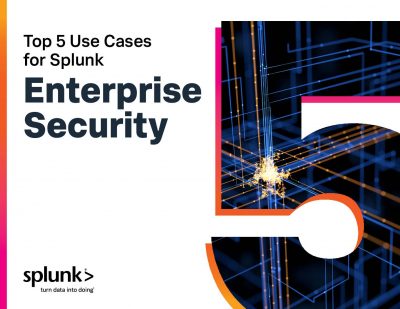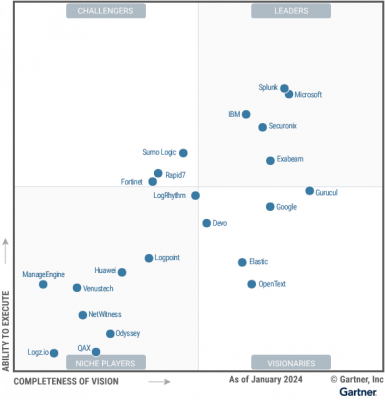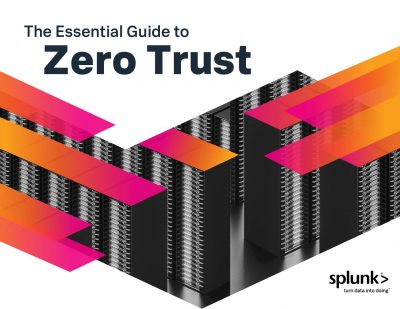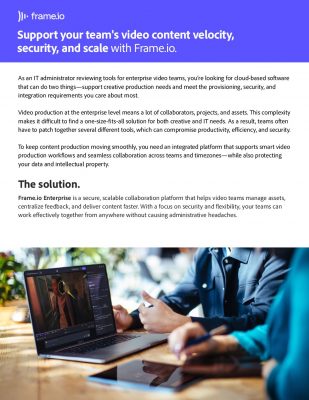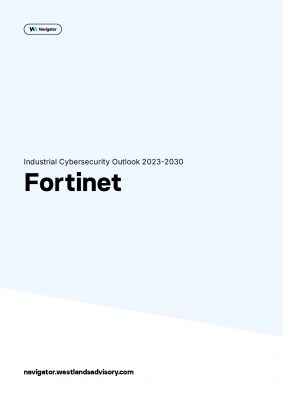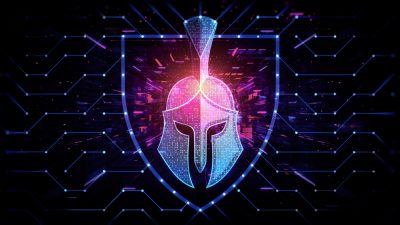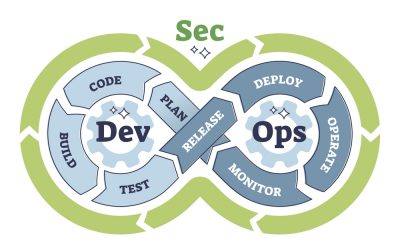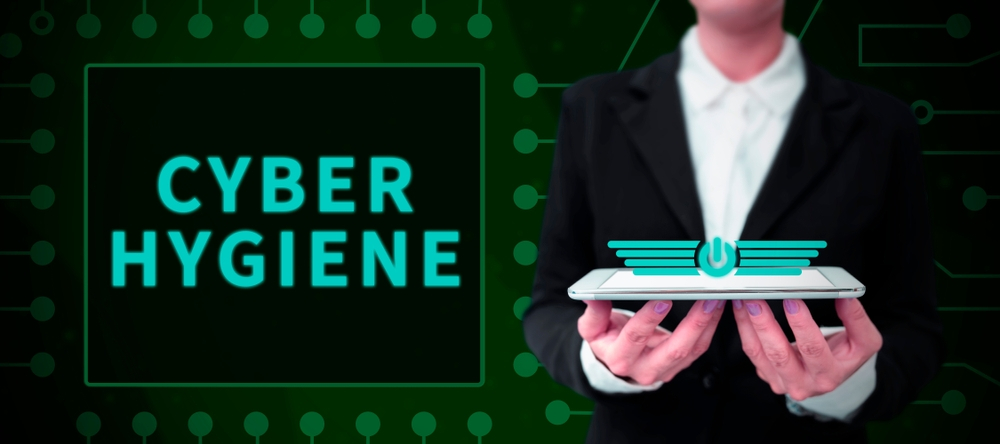Highlights:
- Reviewing security policies ensures alignment with industry standards and practicing cyber hygiene best practices while evaluating incident response plans, enhancing cyber resilience.
- Ensuring the currency of digital certificates, such as SSL/TLS and code signing, facilitates secure data exchange and robust encryption.
Securing robust cybersecurity through steadfast and strategic cyber hygiene practices is indispensable for an CISO. This entails deploying essential measures like automated Certificate Lifecycle Management, recurrent employee training, stringent website security protocols, prompt software updates, and proficient network segmentation strategies.
With the looming threat of quantum computing, it becomes imperative for businesses to proactively equip themselves by embracing post-quantum cryptographic techniques and seamlessly integrating them into their cybersecurity architecture.
A CISA Cyber Hygiene Report 2024 reveals a staggering cost of ransomware attacks, with businesses averaging $1.85 million to recover. This financial burden underscores the importance of robust cybersecurity measures.
Partnering with specialists in quantum-resistant technology ensures businesses access the requisite expertise and assistance to fortify their resilience against evolving cyber threats.
What Are Some Typical Problems Organizations Face Concerning Cyber Hygiene In Revenue Protection?
Businesses often have various components requiring good cyber hygiene practices for financial security. This encompasses hardware like computers, phones, connected devices, software programs, and online applications.
Regular and continuous maintenance is essential for each of these systems. They possess distinct vulnerabilities that can lead to various issues.
So, how can businesses evaluate the effectiveness of their cyber hygiene efforts and implement necessary improvements?
How To Assess Your Businesses’ Cyber Hygiene?
Do you want to run a cyber hygiene assessment for financial protection, optimizing lead generation for your business? To begin with, conducting security audits is essential to assess the effectiveness of your cybersecurity measures, while utilizing automated tools can help scan systems for known vulnerabilities.
Additionally, performing penetration testing simulates real-world cyberattacks to pinpoint flaws. Reviewing security policies ensures alignment with industry standards and practicing cyber hygiene best practices for safeguarding revenue while evaluating incident response plans, enhancing cyber resilience.
Assessing the backup and recovery strategy’s capability to counter data loss, hacking, ransomware, and corruption is vital. Regular updates of software, installation of the latest security patches, and upgrading security software are necessary to keep pace with the evolving threat landscape.
Ensuring the currency of digital certificates, such as SSL/TLS and code signing, facilitates secure data exchange and robust encryption. These proactive risk management strategies aid in identifying vulnerabilities before cybercriminals exploit them.
Regular audits ensure compliance with security standards and data protection laws, offering insights into evolving cyber threats for targeted enhancements. Much like personal hygiene, maintaining good cybersecurity habits helps prevent detrimental outcomes.
Here is your cyber hygiene checklist to safegaurd profits
Now that we’ve clarified the importance of this let’s delve into the methods for upholding excellent ‘Cyber Hygiene.’ We’ll begin with some standard procedures.
Ensuring sustained cybersecurity requires more than individual assessments—it demands comprehensive training and programs led by Chief Information Security Officers (CISOs).
How Can CISOs Effectively Implement Cyber Hygiene Training To Safegaurd Revenue?
How can CISOs implement cyber hygiene training programs to foster a culture of security awareness and proactive risk mitigation? Here are seven steps how you can do it:
- Education and training: Initiate by offering thorough guidance to your workforce regarding cyber threats and the best practices to counter them effectively.
Consistent training sessions can help employees recognize phishing attempts, social engineering tactics, and other common attack vectors. A well-informed team is essential for maintaining your security. Start by sending out weekly tips to your users.
- Patch management: Stay updated on the latest security patches for your software, operating systems, and hardware. Unaddressed vulnerabilities are prime targets for cybercriminals.
Establishing a robust patch management process is essential for maintaining the security and stability of your system. Regularly communicate with your team to ensure all patches are promptly updated, ideally conducting checks every month.
- Password security: Strengthen password security by enforcing stringent password policies and considering the adoption of multi-factor authentication. Weak passwords pose a significant risk of breaches.
Enhancing overall authentication measures bolsters system security. Regularly updating passwords, ideally every month, and incorporating multi-factor authentication add an extra layer of protection. - Regular audits: Conduct ongoing assessments of your security controls. Consistent security audits are vital for pinpointing vulnerabilities and areas for improvement. What gets measured gets managed. A starting point is to ensure that all your digital assets are included in your penetration testing and bug bounty programs.
- Incident response: Establish a robust incident response plan to address and recover from security incidents promptly. Speed is of the essence in mitigating damage. Having a well-designed plan ready can be critical.
A good starting point is to organize and conduct a tabletop exercise to assess your incident response plans through simulated security incident scenarios. - Vendor risk management: Protect your organization by managing the security risks posed by third-party vendors and partners. Conducted comprehensive assessments and implemented robust risk management strategies to mitigate potential vulnerabilities.
Strengthening connections within your supply chain is crucial. Start by creating a detailed inventory of your third-party vendors and their access to your systems and data. - Compliance: Align your cybersecurity practices with relevant regulations and standards to maintain compliance. Compliance is the foundation of robust security measures, providing a structured framework for implementation.
Consider appointing a compliance officer or team to stay updated on evolving regulations.
By adhering to these crucial steps, you’ll lay the groundwork for a resilient security culture within your organization, safeguarding valuable data and fortifying defenses against cyber threats. The benefits extend beyond mere protection, encompassing enhanced customer trust, regulatory compliance, and reduced operational risks.
Final Thoughts
Robust cybersecurity through good cyber hygiene practices to safeguard finances is indispensable for businesses. With the looming threat of quantum computing, proactive measures such as post-quantum cryptographic techniques are imperative.
Partnering with specialists in quantum-resistant technology ensures businesses fortify their resilience against evolving cyber threats. Cyber hygiene for profit security encompasses various components requiring maintenance, including hardware, software, and online applications.
Regular audits, security policy alignment, incident response plan evaluation, and continuous education and training are vital.
By adhering to these steps, organizations lay the groundwork for a resilient security culture, safeguarding valuable data and fortifying defenses against cyber threats, thus enhancing customer trust and reducing operational risks.
Access a wealth of valuable security-related whitepapers in our resource center.




